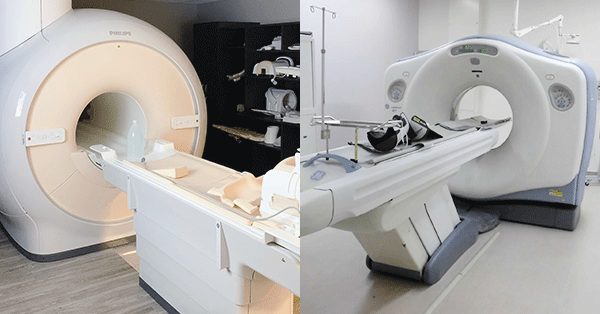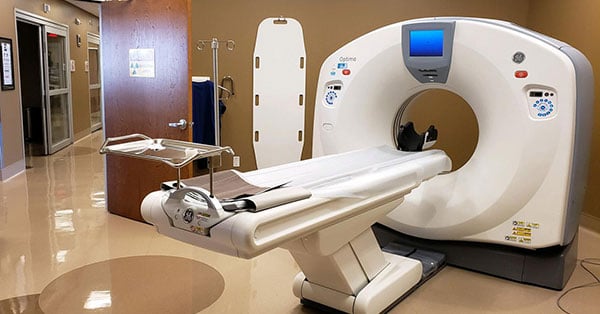
After all the disruptions, setbacks, and complications of the last two years, it's probably not a surprise to anyone that the price of medical imaging systems like CT and MRI scanners is in flux. But how much have prices changed? How long will these effects last? And, what's an imaging facility supposed to do about it in the meantime?
CT & MRI Prices: What to Expect
We sat down with our resident CT and MRI market experts for their predictions. With over 30 years of direct experience buying and selling these systems, we think you'll find some takeaways in their responses that will help you know what to expect in the coming months. Check out the video or, if you prefer, keep reading the text version below.
How much have prices gone up?
For end users, prices for CT and MRI scanners have nearly doubled over the last six months. Increases have happened for equipment from both OEMs and third-party providers.
What's affecting prices?
A number of things have happened in the market to drive prices up. They are all, in one way or another, related to the lingering effects of the COVID-19 pandemic.
Supply chains for components like semiconductors and mylar rings have been disrupted by shutdowns and shelter-in-place orders. Factories are struggling to respond to pent-up demand. Because of these delays, some OEMs have cancelled contracts or delayed them several times over.
Shipping costs have doubled or, in some cases, tripled (even quadrupled in the case of international MRI). This is in response to both increases in fuel costs and to delays and backlogs.
In the United States, many facilities have received financial relief from the government. With this extra cash in play, more buyers are looking to add or update imaging equipment. This rise in demand for equipment, alongside the reduction in supply from manufacturing shutdowns, has contributed to higher prices.
When will prices go back down?
We predict prices will begin to come down as all the links in the supply chain catch up with held over demand. As production of basic components and fuel sources gets back to pre-pandemic levels, price relief will begin to reach end users in Q2 of 2022. We suspect a full return to prices that are comparable to 2019/early 2020 levels in Q4 2022.
What should I do in the meantime?
If you're in the market to buy CT or MRI, but prices have you concerned, these suggestions might help:
If you can wait six, nine, or even twelve more months to purchase, do it. As we said, we expect to see prices stabilizing and coming down in 2022.
Start the buying process ASAP. Once you find an upcoming need, open a conversation with an equipment provider. The extra lead time will help avoid the additional costs of short turnarounds.
Let your buying decisions be opportunity-driven, as opposed to date-driven. Giving your provider the chance to work around the availability of equipment instead of a hard deadline increases the likelihood of getting exactly the equipment you want, at a better price.
This one isn't fun, but if you can't wait it's necessary: pad your budget. We all hope the urgency of your equipment need won't go up while you wait for prices to go down, but we also know anything can happen. Some extra in the capital equipment fund gives you flexibility to cope with that uncertainty.
If you can't wait, and if there isn't flexibility in your budget, please reach out to us. Our team would love to learn more about your situation and discuss a plan that can work for you.

Paul Crawford
Paul Crawford is the Vice President of Equipment Solutions at Block Imaging. Paul connects with healthcare facilities across the world to offer CT solutions and manages the wholesale sales team. When Paul is not helping customers with their CT needs, he enjoys spending time with his family, watching MSU sports, and CrossFit.






